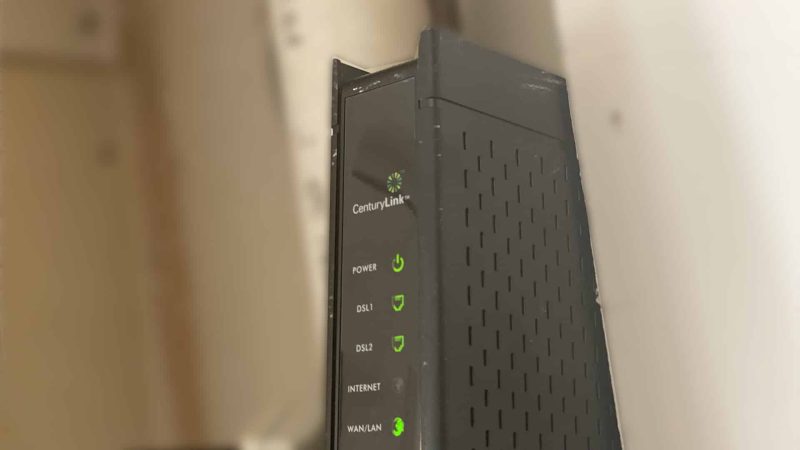Table of Contents Show
Most people have broadband Internet connections in their homes and places of work. A far cry from the rather antiquated dial up Internet technology of the 1990s, speeds of up to 21 to 21 Mbit/s can be theoretically achieved with ADSL2+ (the current highest speed standard for broadband Internet).
Such maximum figures in reality are rarely realised due to infrastructure limitations, such as being far away from the local telephone exchange, the quality of the copper cable used in your home or business premises and externally, and also the number of broadband subscribers using the service in your local area simultaneously.
But if you have been quoted an estimated maximum speed, and you are not getting it, there are a few things you can do to try and speed up your broadband Internet connection.
Check your computer is in tip-top condition
One thing that many people with slow broadband issues fail to check first of all is how well their computer is running. There are many things that could cause a slow Internet connection on a computer, such as:
-
Automatic software updates – sometimes applications and operating systems can update in the background without you knowing, and this can cause slow connections;
-
Malware – viruses can hijack your computer’s Internet connection without your knowledge;
-
Poor Wi-Fi connection – if you use a laptop or other wireless device, it could be that your Wi-Fi adapter is either faulty, has incorrect or out-of-date driver software installed, or you could just simply be too far away from your wireless router
-
Web browser cache – emptying your web browser cache at least once a week can significantly speed up your web browsing, even for those with perfect broadband connections!
Use Ethernet instead of Wi-Fi
Sometimes your Wi-Fi signal might be affected by a neighbouring router using the same channel(s), or your Wi-Fi router might not offer higher wireless speeds over longer distances (such as Wireless-N or ‘802.11nâ).
You could check whether your Wi-Fi is to blame or not by using an Ethernet connection to your computer. If your Internet speeds are faster, you may have to look into modifying your router’s wireless configuration or even replace it with a better wireless router.
If possible, use Ethernet connections as they will be more reliable and quicker than Wi-Fi.
Check your master socket
The master socket is the wall socket that you plug in your microfilter into (the microfilter splits the broadband and phone connections, in case you were wondering). Sometimes if the master socket or microfilter is old, or has been subjected to condensation, it can cause slow broadband speeds.
Where necessary, renew the microfilter and the master socket (a telephone engineer can change the master socket for you, or you can perform this task yourself if you have a krone tool and are feeling brave).
Get your ISP to investigate
Sometimes the problem might be down to the ADSL settings from your ISP (Internet Service Provider), or the telephone wire going from your home or premises to the telegraph pole outside.
By giving them a quick phone call, they will be able to run some line tests to determine if the issue is caused by their infrastructure or within your home/premises.
Note: if they need to replace your telephone line outside, you should look into some mobile broadband plans for the period of time that the work is being carried out in case you are left without a phone line for a few days.









